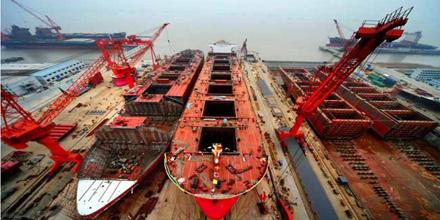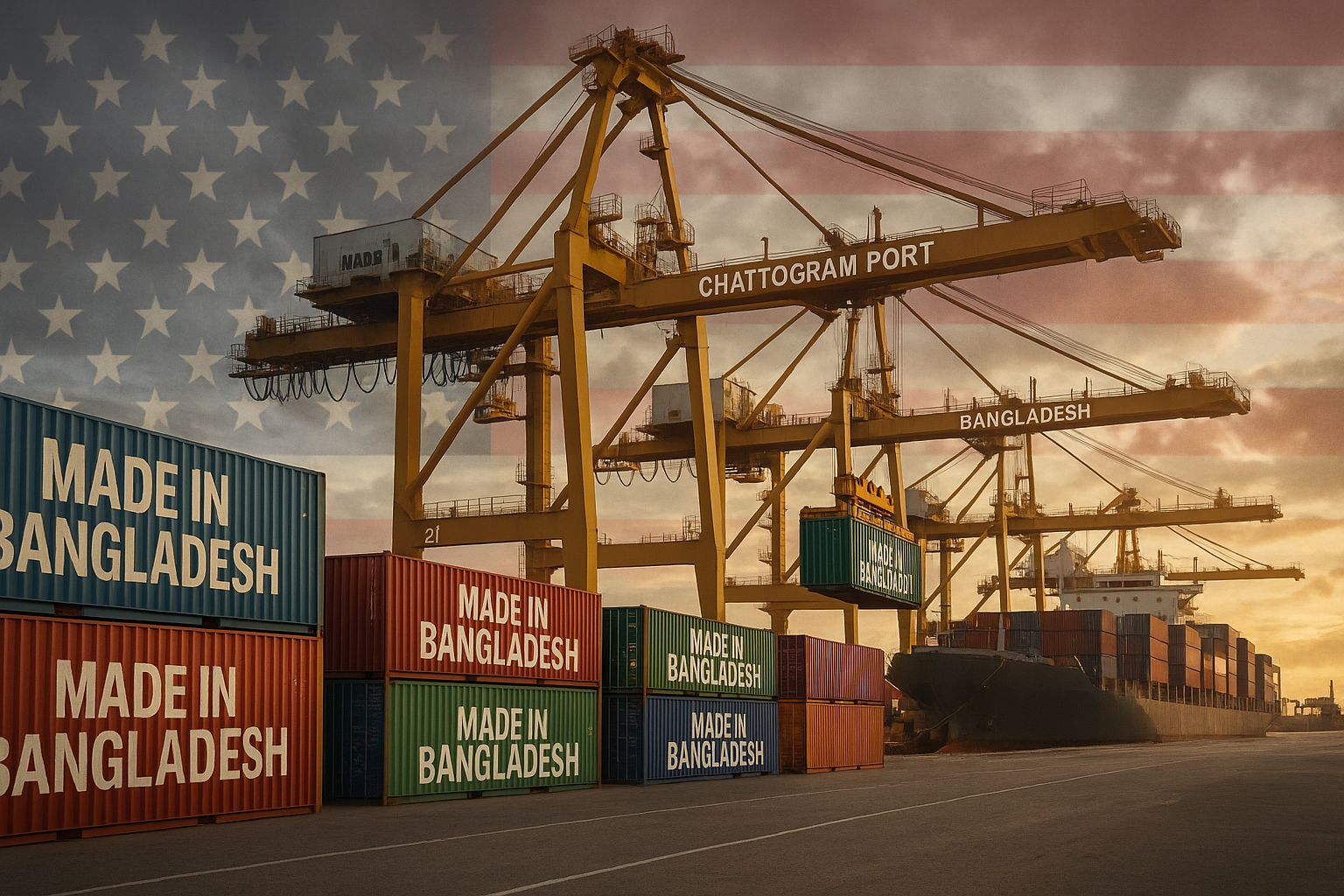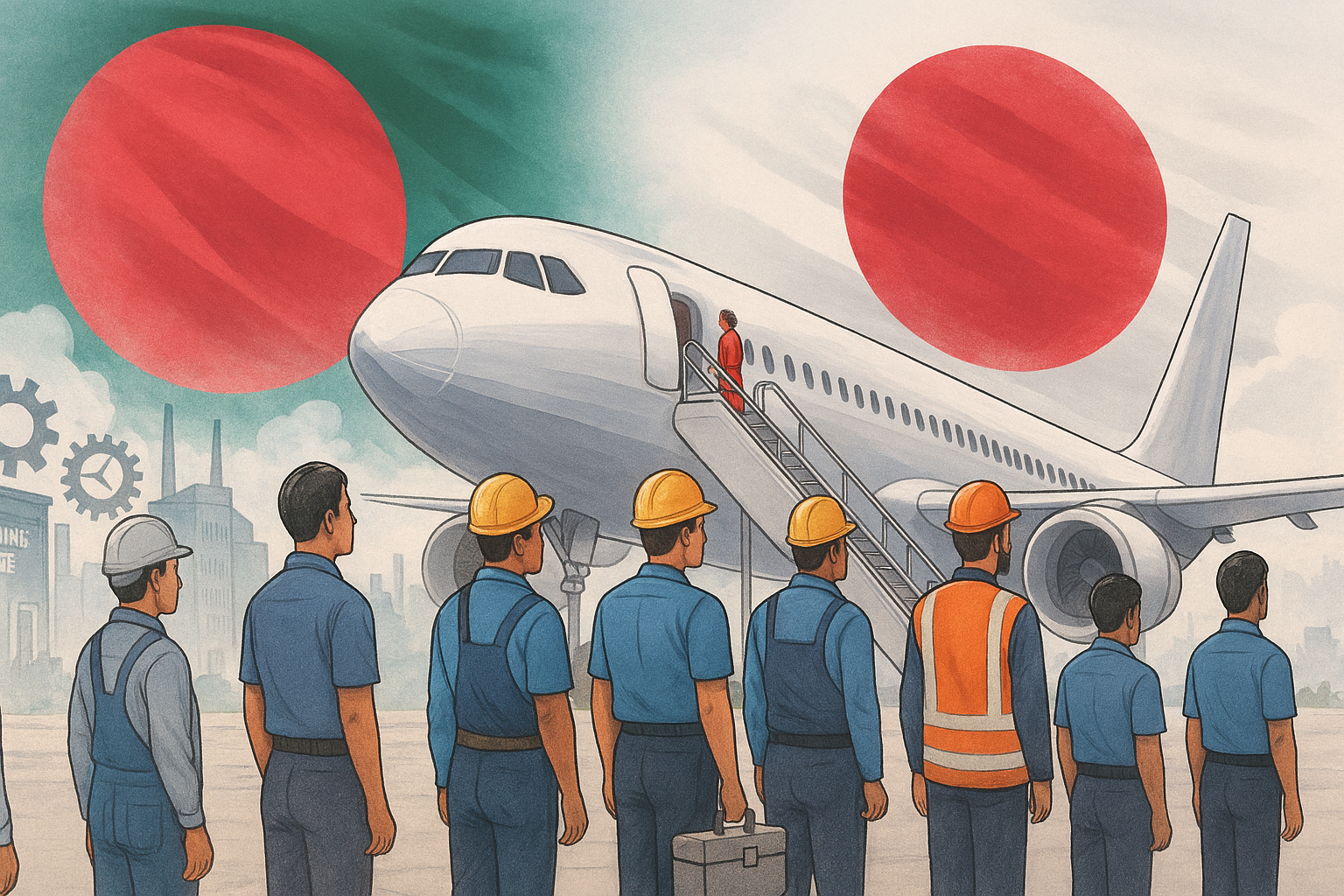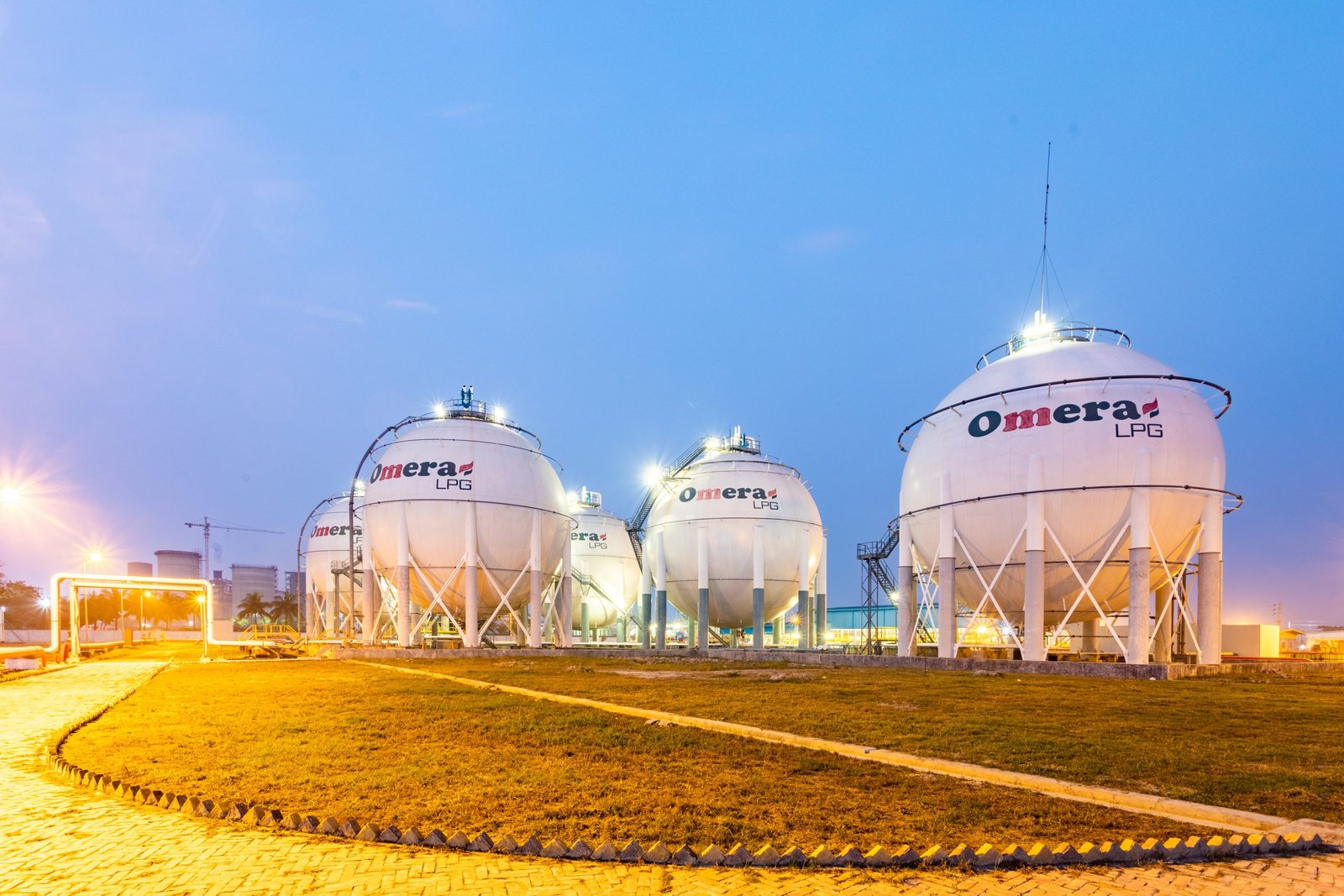Transforming Trade Power with the Chattogram Green Port
A New Era Begins for Bangladesh’s Maritime Future
Bangladesh is preparing for one of the most ambitious port developments in its history, as the government moves forward with a major partnership with APM Terminals to build the Chattogram Green Port. This project brings a massive investment of 550 million dollars and places Bangladesh on a more competitive global stage. The scale of this development, combined with its focus on clean technology, positions the country to reshape maritime logistics in South Asia. As global trade shifts toward sustainability, this new port promises to deliver long term advantages that match worldwide trends reported by organizations such as the International Maritime Organization at https://www.imo.org.
The Chattogram Green Port will not only expand port capacity but also introduce environmentally responsible infrastructure that meets emerging green shipping standards. This is crucial because the global shipping sector handles almost ninety percent of world trade according to the World Bank at https://www.worldbank.org. Bangladesh depends heavily on maritime routes, so any upgrade to Chattogram directly influences national economic performance. With continued growth in container movement highlighted by the United Nations Conference on Trade and Development at https://unctad.org, the timing of this investment could not be better.
Why Bangladesh Needed a Sustainable Port Upgrade
Chattogram Port already handles more than ninety percent of the country’s import and export activities, making it the lifeline of Bangladesh’s commercial sector. Growing pressure on operational efficiency has led to congestion, slower vessel turnaround, and high logistics costs. The Asian Development Bank at https://www.adb.org reports that inefficient ports can increase trade costs significantly. Faster and greener operations will help reduce delays and improve overall trade competitiveness.
Environmental sustainability is another core driver behind the new project. Rising concerns about port emissions have led many countries to adopt greener port models. Data from the International Finance Corporation at https://www.ifc.org highlights the importance of low emission infrastructure in global investment decisions. Bangladesh aims to keep pace with these expectations while supporting national climate commitments outlined by the Ministry of Environment at https://moef.gov.bd. As nations become more aware of climate related risks, green ports are emerging as vital hubs for responsible trade.
How the Chattogram Green Port Will Work
The Chattogram Green Port will be built using advanced systems that reduce carbon output during cargo operations. Renewable energy sources, electric container handlers, and low emission cargo vehicles form the core of most green ports worldwide, according to the Global Maritime Forum at https://globalmaritimeforum.org. These innovations reduce dependency on fossil fuel based equipment and raise efficiency.
Modern container tracking and automated stacking systems will streamline cargo movement. Automation also enhances transparency, which is a major demand of international shipping firms as noted by McKinsey at https://www.mckinsey.com. Bangladesh will be able to increase reliability while reducing operational waste. Such improvements support the long term growth of the logistics sector which has been expanding across Asia, as reported by the Economic Times at https://economictimes.indiatimes.com.
Why APM Terminals Matters in This Deal
APM Terminals is one of the world’s largest and most respected port developers. It operates ports on multiple continents and holds a strong reputation for building green maritime hubs. Their global experience is documented at the Maersk corporate website at https://www.maersk.com. Bringing this expertise into Bangladesh means the Chattogram Green Port can adopt global best practices from the start.
This partnership also signals investor confidence. When a multinational brand commits to such a large project, it inspires trust among other global stakeholders. Reports on foreign direct investment trends from the International Monetary Fund at https://www.imf.org show that large infrastructure partnerships often attract more investment opportunities. Bangladesh benefits directly because a better port system appeals to exporters seeking smooth and predictable logistics services.
The Economic Impact on National and Regional Trade
A modernized Chattogram Green Port will help Bangladesh manage the rising volume of export items such as readymade garments, pharmaceuticals, and agricultural products. These sectors rely on timely shipments to maintain customer relationships in Europe and North America. Research published by the World Trade Organization at https://www.wto.org confirms that efficient ports reduce export lead times and strengthen competitiveness.
The region will also experience broader benefits. Chattogram is already the key connection point for landlocked regions in the east. Improved capacity may attract new transit agreements with neighboring countries, similar to the regional models found at the South Asia Subregional Economic Cooperation website at https://www.sasec.asia. If implemented effectively, Bangladesh could emerge as a logistics bridge for South Asia and beyond.
Green Technology and Environmental Advantages
One of the most significant features of the new port is its commitment to clean technology. Renewable powered cranes, electric utility vehicles, and solar supported buildings can greatly reduce emissions. Studies by the International Energy Agency at https://www.iea.org show how renewable powered infrastructure significantly lowers environmental footprint.
Waste management systems will also be strengthened to prevent pollution and maintain coastal ecology. The impact of marine waste has been widely documented by the World Wildlife Fund at https://www.worldwildlife.org. By adopting green logistics principles, the Chattogram Green Port will help protect the coastal environment while meeting international sustainability standards.
How Students and Young Learners Benefit
Many educational organizations are already using this development to inspire students. Teachers can use the Chattogram Green Port as a practical example to explain supply chains, geography, global warming, and economic development. Learning platforms such as UNESCO at https://www.unesco.org encourage real world learning models that connect students to national progress.
This project also opens new career opportunities for young learners interested in logistics, engineering, and environmental management. With the maritime sector becoming more technology driven, students can learn concepts that match global job trends highlighted at https://www.weforum.org by the World Economic Forum. Bangladesh’s youth will gain exposure to fields that are shaping the future of international trade.
Construction Timeline and Future Expectations
Officials expect the deal to be finalized soon. Construction could begin in 2026 if regulatory steps move forward without delays. Infrastructure projects of this size often take several years to complete, as seen in global benchmarks available at https://www.infrastructureaustralia.gov.au. Bangladesh will need careful coordination between government agencies to keep the project on schedule.
Once operational, the port will help reduce vessel waiting time, increase container throughput, and make cargo movements more predictable. These improvements align with modern port standards outlined by the European Sea Ports Organisation at https://www.espo.be. Bangladesh can then position itself as a trusted partner for international shipping lines.
The Long Term Vision for Maritime Growth
The Chattogram Green Port represents more than a single infrastructure upgrade. It reflects Bangladesh’s long term economic vision. With global shipping shifting toward automation and low carbon systems, ports that fail to modernize risk falling behind. The International Transport Forum at https://www.itf-oecd.org explains how future trade will depend heavily on smart and sustainable ports.
Bangladesh aims to become a fully integrated player in global trade networks. Investments in green port technology, digital management, and cleaner logistics help achieve this purpose. The rapid rise of Asia’s export economies, described at https://www.oecd.org, proves how strategic infrastructure transforms national potential. With the launch of the Chattogram Green Port, Bangladesh begins a bold journey toward more resilient and sustainable economic growth.





